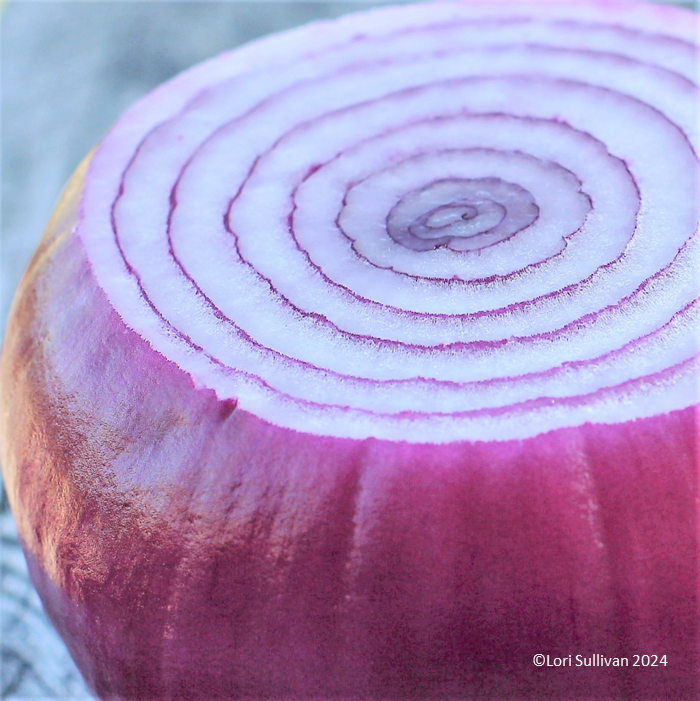
According to NewScientist.com, food production contributes 21-37% of global greenhouse gas emissions. In addition, where and how food is grown impacts the environment.
A rule of thumb regarding food choices is that the lower the food is on the food chain, the smaller the carbon footprint. This means fruits, vegetables, seeds, nuts, and grains have a lighter impact than meat and dairy.
I hope the tips in this post will get you started on your journey, and you can dive deeper into the most interesting and relevant areas of your lifestyle.
Types of Fruits & Vegetables
While most fruits and vegetables are good choices, below are several that are especially light on the environment:
Legumes: Doing this research, I now know the difference between a legume and a bean! Legume is the broad category; within it, there are beans and pulses. The pulses are legume seeds that grow in pods—think peas, lentils, and chickpeas. For the environment, legumes have a very low carbon footprint, require little water to grow, and clean the soil to make it easier to grow other crops. For people, beans and pulses are filled with fiber, protein, and other nutrients. Another benefit is that they are inexpensive and light on our pocketbook.
Leafy Greens: Leafy greens are both healthy and easy to grow quickly. They are versatile to be used in a wide variety of recipes, both hot and cold, and contain many nutrients. From an environmental standpoint, they require minimal resources to produce large quantities.
Mushrooms: Mushrooms are often a great substitute for meat because of their texture and flavor. They are also beneficial for the environment as they grow in places where many other foods would not. With over 2000 edible varieties, the opportunity for recipe ideas is extensive.
Algae: While not a common part of many diets, algae are growing in popularity and are very good for our health and the planet. In fact, a Berkeley publication indicates that algae produce 70% of all the Earth’s oxygen. Algae provides protein, Vitamin C, essential fatty acids, antioxidants, and iodine in our diet. When purchasing, you can look for nori, seaweed, or spirulina (powder).
Purchasing Considerations
When purchasing any fruits and vegetables, below are a few considerations.
In Season: The best alternative for purchase is to buy what is grown locally during that season. Taking advantage of the seasonal foods in your area will keep variety in your food choices and lessen the environmental impact.
Local: Shopping at farmers’ markets or participating in community-supported agriculture (CSA) programs helps you connect with the people who grow your food. This fosters a sense of community, builds trust, and provides you with insights into how your food is grown.
Off Season: When purchasing non-seasonal fruit, I was pleased to find that bananas, oranges, and apples are all fruits that have lower impacts because of their longer shelf lives, which enables them to be shipped more efficiently.
Organic: Produce is organic if it’s certified that the soil it is grown in has had no synthetic fertilizers and pesticides applied three years before harvest. The Environmental Working Group has created a list called “the Dirty Dozen.” These twelve fruits and vegetables would be the ones they consider most important to purchase organic. The list includes strawberries, spinach, kale, nectarines, apples, grapes, bell/hot peppers, cherries, peaches, pears, celery, and tomatoes.
Non-GMO: Organic standards prohibit the use of genetically modified organisms (GMOs). While the long-term health effects of GMOs are still being studied, many people prefer to avoid them as a precautionary measure.
Extending the Life of Produce
There are many tips online to extend the life of your produce. Below are just a few ideas to get you started. If you have something getting close to the end of life, do a quick search to see if there are ideas available to stretch it a bit longer or recipes to use it up.
- All Produce: Wash when you are ready to use, not when you get home from the grocery store.
- All Produce: Turn veggie scraps and meat bones into homemade soup stock.
- Soft lettuce – Soak in water overnight to retain crispness.
- Asparagus – Trim the bottoms and store upright in an inch or two of water.
- Tomatoes – Store stem side up.
- Berries – Dip in a solution of one part vinegar and three parts water and then dry them. This helps fight off bacteria.
Summary
With the summer growing season in full swing in Michigan, there are many Farmers Markets and other opportunities to purchase fresh, local fruits and vegetables. Look at the days and times of the markets in your area and give one a try. You might find this a fun, weekly shopping activity.
